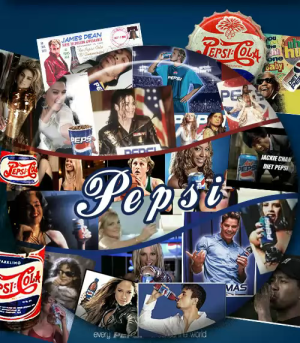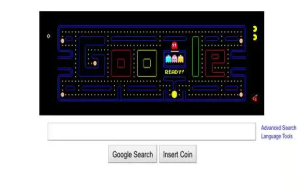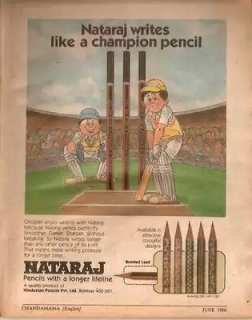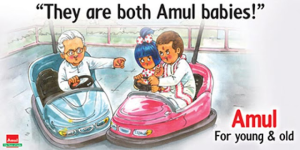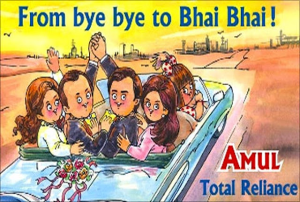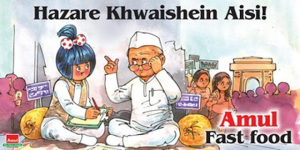Here is an example of a site that went viral on a global basis: Zynga network’s “Farmville” game! Could be an example of your success of reaping in millions of dollars, in a comparatively short time.
Let’s look at how Zynga did it . . .
1. Zynga created a simple but addictive game
2. They included an facebook application for retrieving game components (animals, flowers, vehicles, buildings, etc.)
3. They included both free and paid options (a “market” in which you purchase items either with game-supplied free coins or literally purchasing special “Farmville Dollars” via credit card or PayPal). This allowed players to buy limited-time specialty virtual items; or send them to friends
4. They allowed an option for others to “Add Neighbors” and “invite” them to Farmville
5. They made sure neighbor interactivity was an almost-essential component of the game
But note what they didn’t do . . .
When Farmville initially placed their Ads via Facebook Social Ads, they said nothing about purchasing actual Farmville Dollars via credit card or PayPal. They just invited people whose profiles indicated they liked online games (or farming, or graphics puzzles) to play the game. The initial core group who tried it loved it so much, they had no hesitation spending on actual Farmville dollars to purchase the virtual highly-prized items obtainable only through real-world payment.
In addition, players were able to eagerly invite Farmville “neighbors” from their own select group of friends and these neighbors all enjoyed sending each other “gifts”; some “free”, some purchased with Farmville dollars.
One reason Farmville has caught on so firmly?
Its interactivity, a huge component in creating loyalty and a sense of community on Facebook pages. Today, as of this writing, Farmville had over 56,000,000 fans.
56 million . . . That’s a lot of “fans”!
Zynga didn’t stop there in their game development. Note that, as part of their Facebook game page, Zynga provides links to:
– A Farmville blog
– A weekly Podcast
– A steady stream of limited time “special items”
– A Farmville forum
– A press release campaign
But makes no mistake – Zynga’s multi-million-dollar success all started with one simple little game – Reached people because of a well-written, inexpensive Facebook Social Ad!
Farmville players admitted during a “spot” survey that they started playing Farmville only one of two ways:
1. They were “invited” by friends to become Farmville neighbors
2. They “finally” succumbed to repeated Facebook Ads. Not one of them said they went out and deliberately looked for a farming game to play.




